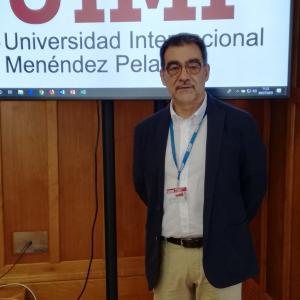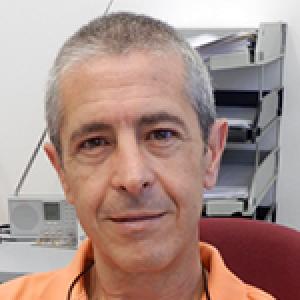Food Biotechnology
Postharvest Physiology, Pathology and Biotechnology
Description
The group of Physiology, Postharvest Pathology and Biotechnology dedicates its activity to the study of the quality of the fruit and its maintenance during postharvest storage. In our research projects, we use different multidisciplinary approaches and strategies to understand the physiological and molecular mechanisms related to fruit quality during post-harvest. We also address the development of storage technologies to prevent or reduce postharvest losses caused by physiological and pathological disorders, and to reduce the mycotoxin levels in fruit.
Objectives
The main objective of our research is fruit quality and its maintenance during postharvest storage. This general objective is developed in the following specific objectives:
1. Physiological changes during postharvest storage of fruits. The group is addressing, the origin and causes of the abiotic factors provoking disorders. Our interest is to understand and characterize physiological, biochemical and molecular responses of the fruit against these abiotic stresses. These studies have been mainly focused on Citrus fruits, and using natural genetic variability of species susceptible and resistant to the disorders and functional genomic approaches and high-throughput technologies.
2. Metabolic pathways of key components involved in organoleptic and nutritional fruit quality. Main metabolic pathway currently addressing in our group, emphasized the regulation and metabolism of carotenoids, volatile compounds, metabolism of vitamin C, phenylpropanoid, among others).
3. Studies on fruit-pathogen interaction. Research in our working group is related to the characterization of the postharvest interaction between apple and citrus fruits and fungal pathogens of the genus Penicillium, main rots of these crops. Currently, we are using molecular genetics, genomic, transcriptomic and metabolomic strategies, with the aim of understanding the basis of compatible and incompatible interactions between fruit and pathogen. We are addressing both fruit defense responses against different fungi and the mechanisms and determinants of pathogenicity and virulence of the fungus.
4. Development and characterization of the mechanism of action o new alternative physical, chemical and biological treatments to control postharvest fungal pathogens. We focus on treatments that either induce resistance in the fruit (i.e. irradiation with light at different wavelengths) or that affect fungal viability or pathogenicity.
5. Reduction of mycotoxin levels in food. Mycotoxins are secondary metabolites produced by fungi of the genera Aspergillus and Penicillium, among others, which represent a serious risk for human and animal health. Our approach is discovery of effective control systems that can replace the current fungicides to reduce the development of mycotoxigenic fungi, and to that end, reduce mycotoxin contamination.
Our research is mainly focused, but not exclusively, on citrus fruits. We believe that our group may be recognized and distinguished from other groups in the same subject in Spain by two main characteristics, which provided our potential and competitiveness: a) Ability to address complementary aspects of both physiology and quality as pathology problems and b) Multidisciplinarity in the experimental approaches to the objectives, allowing us to make very different methods and strategies, from the most traditional physiological and biochemical methods to biotechnology strategies, and more recently with the application of functional genomics technologies or high throughput analysis of gene expression.







